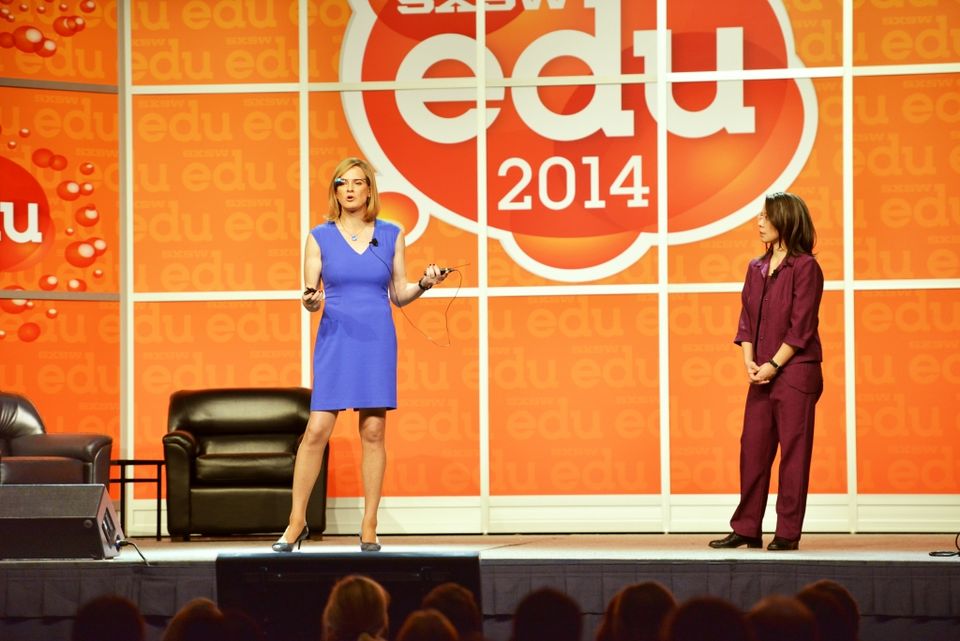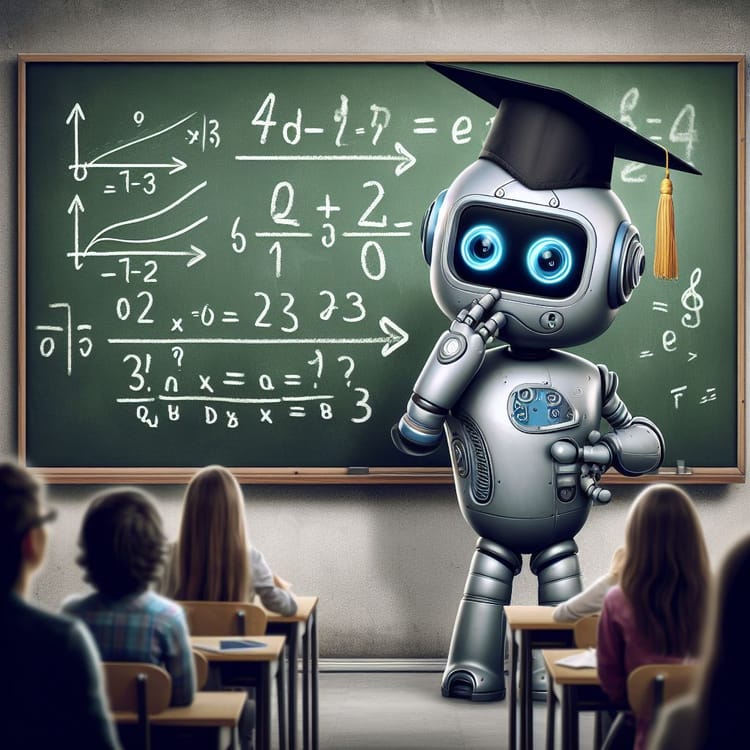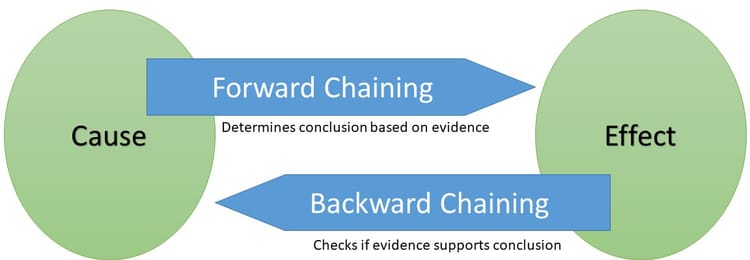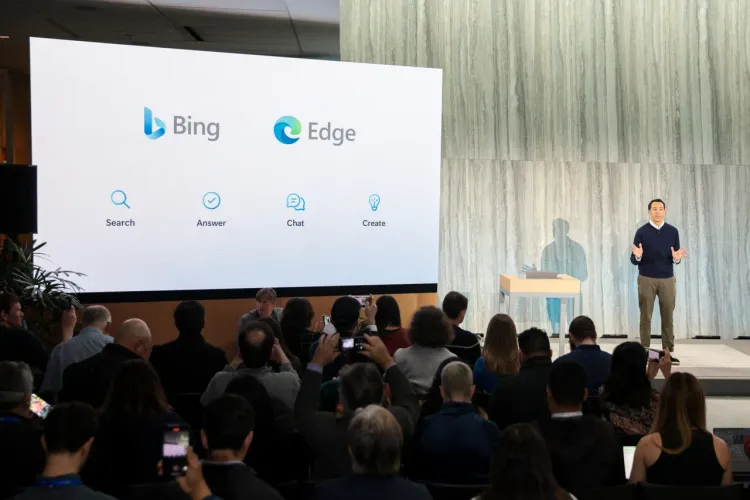Love

I’ve been away. You have my apologies for not delivering an episode of Socos Academy in recent weeks. This week’s Socos Academy slips through the shadows of love: for science, for my wife, and for my mom.
Mad Science Solves...
On June 25, my mother had a massive left side stroke, hitting the occipital, temporal, frontal, and basal ganglia. I spent the following month at her bed, first at the hospital and at my childhood home. As is common with such an extensive stroke, she was left with extensive paralysis and profound aphasia. She was neither able to speak nor understand the words spoken to her. By the end of July, my mom let go, at home, with her children and grandchildren.
Though I truly wish I could speak with my mom again (some GPT-fueled parrot does not equal “my mom”), she led a very full life—one I plan to write about some day. But as hours beside turned to days and then weeks, I could not help but wonder at the challenges of those suffering from aphasia, whether from strokes or traumatic brain injury. Our ability to speak, not only to produce words but to understand their meaning—to even realize that understanding—it creates us. Our brain (posterior cingulate, specifically, perhaps) tells itself the story of who we are. Taking away language, not just speaking words (Broca’s Aphasia) but even our ability to understand them (Wernicke's Aphasia), takes away so much of ourselves. Every year nearly 200,000 Americans begin speech therapy for aphasia, many older and struggling to be understood. Is there anything this mad scientist could do to help?
The obvious candidate is Optoceutics. I’ve been thinking about noninvasive neurostimulation years before Optoceutics launch, from interbrain synchronization to therapeutic support for recovery in pediatric traumatic brain injury. By using phasic stimulation, electrical or sensory, we can strengthen certain types of ongoing activity in the brain. Of my interest to me has been frontal Gamma (40+ Hz) and Alpha (8-10 Hz). Both have been associated with improved cognitive health in older adults. I began to wonder about aphasia.
I came across a review paper looking at noninvasive therapy for stroke-related aphasia. Though they found no effect for many other noninvasive interventions, the authors reported a strong interaction between phasic stimulation at 8 Hz coupled with speech therapy. (I'm optimistic that 40 Hz will also help, but it simply wasn’t tested in the included papers.)
I’ve written about our work at Optoceutics before. The principal focus of our human trials have been on Alzheimer’s (with nonmedical application to long-term cognitive health), but I am increasingly convinced that noninvasive therapies can also greatly enhance recovery in aphasia and other cognitive deficits from brain trauma. Spreading the recovery of 198,750 stroke patients in speech therapy each year would be an amazing gift to the world. Add in TBI and other hypoxic events (and speech therapy for developmental delay) and a huge number of people can be helped. I’ve even come across new research using neurostimulation for autism.
I want to reach them all. Take a look at Optoceutics and support our research. Or maybe just buy a light for yourself or a loved one.
Stage & Screen
Fall is almost here and Vivienne will be making her first trip to New Orleans for Techlearn 2023, with talks booked in New York, Chicago, San Francisco, London, Berlin, Athens, Los Angeles, and more to come!
Research Roundup
You just need to look smart
Is smart sexy? When women see potential partners as smart and funny, they also see them as more appealing. (Yay!) Unfortunately, perceptions of intelligence don't predict actual intelligence. (Shit!) In the game of love, is humor just a defector strategy?
Is sexy bullshit? Well... "individuals capable of producing more satisfying bullshit are judged by second-hand observers to be more intelligent." (Yes, scientists literally study figurative bullshit.)
Anger Dick
Is testosterone related to unethical behavior? “In response to an intrasexual competition prime among men”...”testosterone is positively associated with [both] unethical behavioral intentions” and “the usage of anger-related words.”
Perhaps we should just call this “anger dick".
Interestingly, previous research on public company board representation found that all male boards lowered returns to shareholders, largely because of increased risk of malfeasance or catastrophic acquisition.
Extraordinarily Empty
How do you keep the spark alive when time is tight? People with “strong relationship-maintenance goals” “prioritize extraordinariness,” the “uniqueness and superiority” of shared experiences.
But are Instagram-ready vacations truly the secret to love? Does “extraordinariness” truly count for more than “quality”?
I predict that the distinctiveness of couples’ shared experiences create a greater sense of connectedness than extraordinariness. One beach-side, gold-plated hotel quickly starts to feel like any other, however envious it might make your TikTok followers.
It would be cool to test this with a semantic embedding of shared experiences within couples vs across everyone. I suspect that greater spread in the embedding of shared experiences within couples would better predict strength of relationship than their collective uniqueness across couples.
Hmmm... now I want to run this experiment. We could even make a tool for increasing the distinctiveness of shared experiences to help increase the richness of relationships.
The Synchrony of Love
Have you ever had a date where you just synced with someone? Well, it’s not just in your head…or rather, it’s literally in your head: interbrain synchrony.
Recording inter-brain synchronization while “free viewing of marital life-related, and non-marital-related movies”, married couples with significantly higher levels of interbrain synchrony “in the default mode network” experienced much higher levels of “marital satisfaction”.
Married, sure…but what about dating? Tracking “real-life dating interactions outside the laboratory” using “eye-tracking glasses with embedded cameras and devices to measure…heart rate and skin conductance” showed that “overt signals such as smiles, laughter, eye gaze…were not significantly associated with attraction.”
Instead, “attraction was predicted by synchrony in heart rate and skin conductance between partners, which are covert, unconscious and difficult to regulate.”
So, in the end it's not in the eyes but in the heart...and the clammy, clammy skin.
A Lie for a Lay
Looking for love online? 2 separate analyses of profiles offer 2 strong recommendations: be original and be honest!
First, write a more “stylistically original” profile. Originality increases readers’ perception of “intelligence”, “sense of humor”, and “attractiveness”, and boosts “dating intention”.
Second, all readers are upset to discover a liar, though men and women had slightly different preferences. For example, women were more likely to cancel a date over lies about “volunteerism or occupation”.
No one liked fake pictures, but men and women were equally likely to cancel a date or it.
Best dating advice: be authentic…and if you’re boring as shit, change yourself, not your profile.
Books!
I launched my first company with my wife, Norma. We're pictured together at the top of this letter giving a joint keynote at SxSW Edu—wives on stage together in Texas...well, Austin. The following is an excerpt of the story of trying to raise venture capital in 2008...
Like any good American I am functionally illiterate. Take, for example, the word “avuncular”. What the hell does that mean? For decades I managed to resist the corrupting influence of a dictionary and coast on vague connotations. It had something to do with being fat, maybe? Perhaps with candy? Ventricular and avuncular share some rhyme and rhythm, which surely suggests something? Unfortunately, we cannot all remain charmingly naive forever[1]. This is the story of how I learned the definition of avuncular, or why one should never take candy from strange old men.
In 2008, I was a theoretical neuroscientist at UC Berkeley’s Redwood Center for Theoretical Neuroscience with a rather fancy schmancy pedigree from Carnegie Mellon and Stanford Universities. I’d published research in Nature, Neural Computation, and NeurIPS (one of the premiere machine learning conference[2]). I was in the midst of a research collaboration with Google developing audio search based on the actual sounds. Type in “movie:godfather gunshot” and find a YouTube of Michael Corleone murdering Sollozzo and McCluskey[3].
The project with Google was my third experience turning pure science research into invention, building a living thing in the “real world” that could directly affect people's lives. I’d invented algorithms that allowed cochlear implants to learn to hear and helped build systems to detect lies off of raw video. I love and believe in pure science, but inventing was addictive. And so, when my wife and I began toying around with an idea to use artificial intelligence[4] to transform education we immediately asked ourselves: is this a science experiment or is it a startup? My first tech company, Augniscient, was born from that question.
My wife was faculty at Berkeley’s School of Education, and every time we talked shop I’d get a little of my AI chocolate in her learning sciences peanut butter[5]. We began to talk more and more about how my work with brains and machines could be applied to understanding students as they learned. What if we could listen to them chat with each other online or even via microphones in the classroom and predict their performance on the final exam? If you knew three weeks into a class that 5 students had a deep misconcept, why wait until the exam for them to fail. In fact, why give the exam at all. This was our crazy idea: replace biased, high-stakes tests with “personalized” insights about each student. Depending on your feelings about AI this idea might seem obvious, dangerous[6], or revolutionary, but in 2008 it sounded like magic. There was no Coursera, and Khan Academy was just some guy’s YouTube channel. The AI “revolution” driven by deep neural networks was years away from the mainstream. I love science, and if I was leaving it for a startup, it was going to be for something crazy. Augniscient would end high-stakes testing and all the bias it brings.
So, I had an algorithm and a plan and several fancy degrees. We added an amazing cofounder who was working at Yahoo back when that was something to brag about. We put together a business plan to transform education and built prototypes to highlight the technology. The next step, as with all Silicon Valley startups, was pitching the VCs, that fraternity of venture capitalists who hold their masonic rituals on Sand Hill road, just outside Stanford. It was like pulling fucking teeth...
[1] In all fairness, I was never charming but remain dangerously naive.
[2] Back in the day the Neural Information Processing Systems conference was known as NIPS and had much more to say about brains. As time passed, though, two things changed. First, the conference metastasized into a feeding frenzy for companies desperately trying to hire AI talent. (Present an interesting poster on reinforcement learning regularization and get a job at Facebook!) Second, the juvenile polysomy of “NIPS” became a punchline to an increasing number of tasteless female anatomy jokes. Given the already tiny numbers of women attending the conference, wine-soaked breast jokes made for an increasingly bad look for everyone involved.
[3] Type in “donkey hysterectomy” and get…whatever the hell it is you’re looking for sicko.
[4] This is not a book about artificial intelligence (AI) per se, and we could quickly get bogged down in definitions and equations. We’ll return to this topic later, because it turns out that AI applied to massive scale data has some profound things to say about bias and inclusion, but for now just know that my work in artificial intelligence is entirely in the field of machine learning, where computer programs learn from experience.
[5] Well fuck you if you don’t like cultural references for 40 years ago.
[6] We are going to spend some serious word count in this book talking about how AI increases bias, as well as how it can be used as a tool to explore it.
As always, subscribers can read the entire chapter here.



